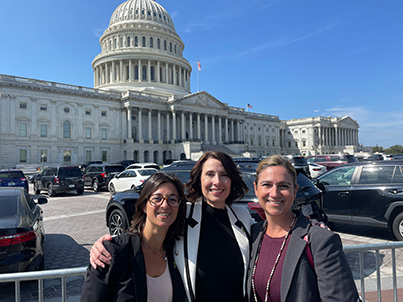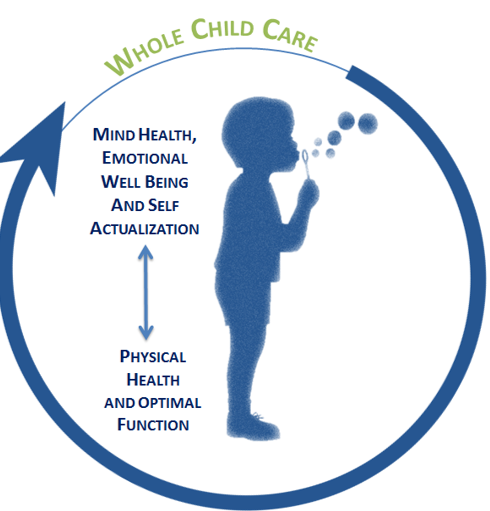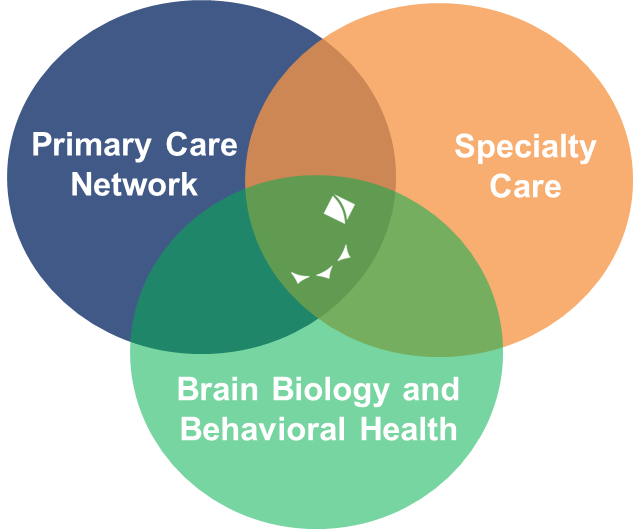Mental Health Emergency and Crisis Resources
In the event of an emergency, suicidal or other mental health crisis (suicidal thoughts, homicidal thoughts, physical aggression, or concern for your safety or the safety of your child), please call:
- 911 or go to the nearest emergency room. If you are unable to transport yourself or your child safely, please contact 911 and ask for PERT (Psychiatric Emergency Response Team).
- National Suicide Prevention Lifeline at 988 or 1-800-273-TALK. Spanish line: 888-628-9454; TTY: 800-799-4TTY (4889). You’ll be connected to a skilled, trained counselor at a crisis center in your area, anytime 24/7. The 988 Lifeline provides free and confidential support for people in distress, prevention, and crisis resources for you or your loved ones.
Overview

The Transforming Mental Health Initiative works toward effective prevention, early identification, mental health integration and treatment services, policy advocacy, and research to improve the mental health status of children and youth.
A priority focus on access and care, Rady Children’s Hospital-San Diego, in conjunction with Children’s Primary Care Medical Group and Children’s Physicians Medical Group, has partnered with the pediatric primary care providers in our provider network to create a new Primary Care Mental Health Integration Model based in the primary care setting to care for the whole child.

Transforming Mental Health Objectives
TMH has goals related to three main objectives: early identification, education and research.
Early Identification
- Primary care mental health integration
- Mental health screenings
Education
- Provider education
- Patient Education
- Community Education
- Workforce development education
Research
- Comprehensive clinical research strategy
- Data-driven patient care
- Improve treatment and outcomes
Find information for patients and families.
Meeting the Need
The United States (US) faces a youth mental health crisis. Children and youth are experiencing a growing number of new and severe stressors that have resulted in increasing rates of childhood depression and anxiety, emergency room visits for mental health crises, suicidal ideation, and attempted or completed suicides. While the COVID-19 pandemic played a role in worsening these trends, childhood mental health concerns were increasing even prior to 2019.

Although these are staggering statistics, up to 90 percent of people who receive treatment for a mental health concern can recover. However, one of the largest barriers to receiving treatment is the lack of access to care. Many children and adolescents do not receive mental healthcare when they need it due to lengthy wait times for appointments in the community, insurance network barriers, and the stigma that is still sadly associated with mental health and seeking mental health treatment. The US medical system has also historically separated mental and physical healthcare, which has resulted in a siloed approach to medical care that fails to address the needs of the whole child.
The Transforming Mental Health Initiative (TMH) is committed to transforming the way mental healthcare is viewed and delivered for the children in our community and nationwide through education, research, advocacy, and the delivery of an integrated care model, the Primary Care Mental Health Integration Program, that de-siloes mental and physical healthcare, bridges care delivery gaps and is effective, accessible, and cost-effective.

2[Fact Sheet: Biden-Harris Administration Announces Actions to Protect Youth Mental Health, Safety, and Privacy Online](https://www.whitehouse.gov/briefing-room/statements-releases/2023/05/23/fact-sheet-biden-harris-administration-announces-actions-to-protect-youth-mental-health-safety-privacy-online/)
3Curtin SC. State suicide rates among adolescents and young adults aged 10–24: United States, 2000–2018 In: National Vital Statistics Reports, vol. 69. Hyattsville, MD: National Center for Health Statistics (2020)
4[Suicide Statistics](https://www.nimh.nih.gov/health/statistics/suicide)
5[New APA Poll Shows Sustained Anxiety Among Americans; More Than Half of Parents Are Concerned About the Mental Well-Being of Their Children](https://www.psychiatry.org/newsroom/news-releases/new-apa-poll-shows-sustained-anxiety-among-americans-more-than-half-of-parents-are-concerned-about-the-mental-well-being-of-their-children)
Support Our Program
One hundred percent of your tax-deductible gift benefits Rady Children’s.
To donate, click the link below: